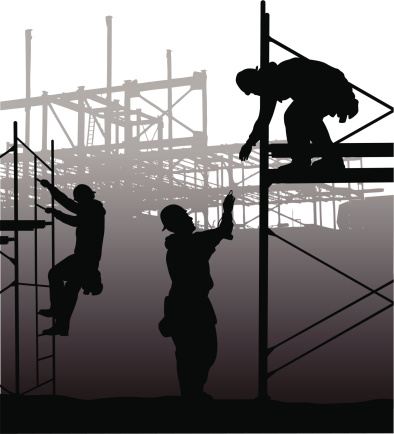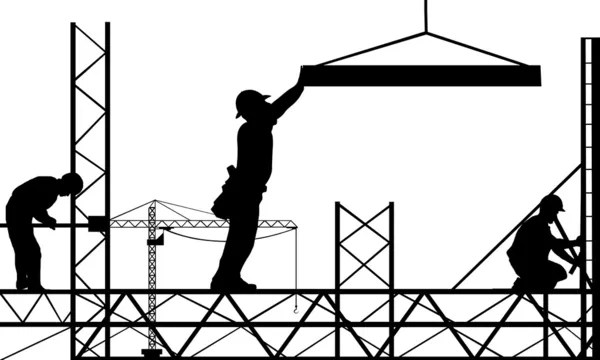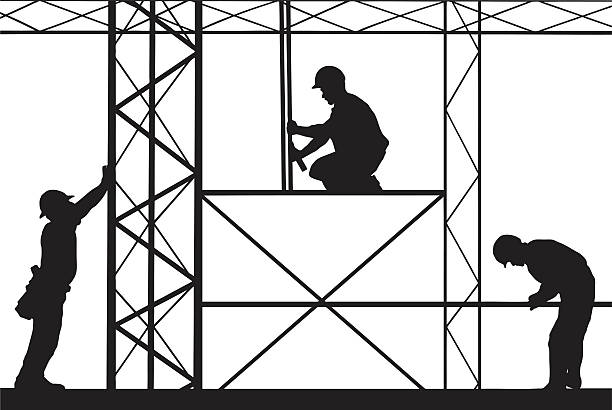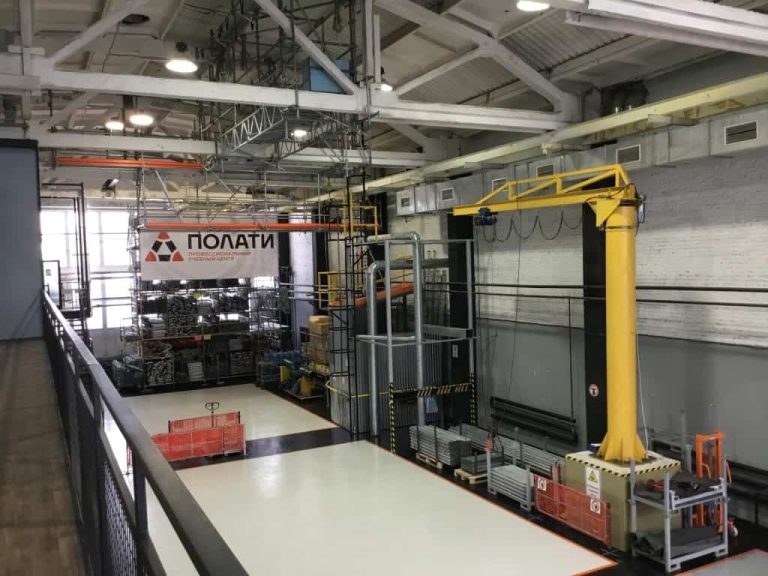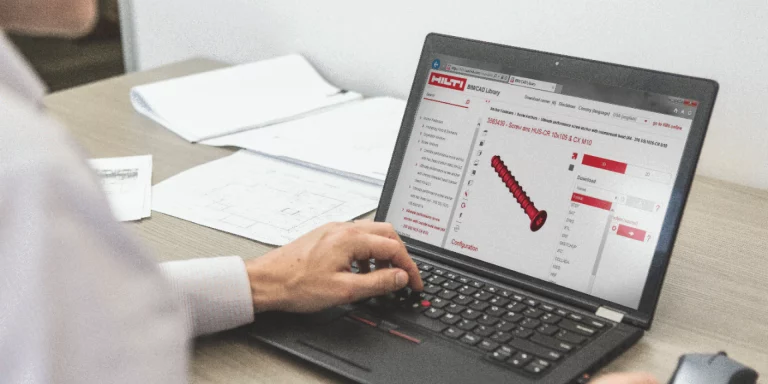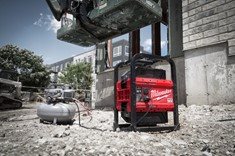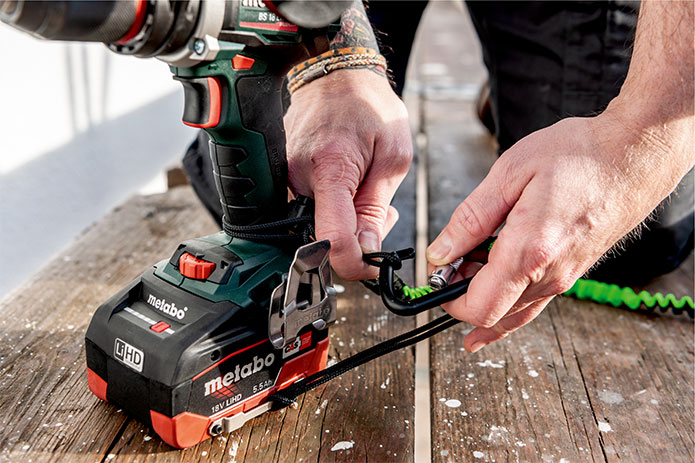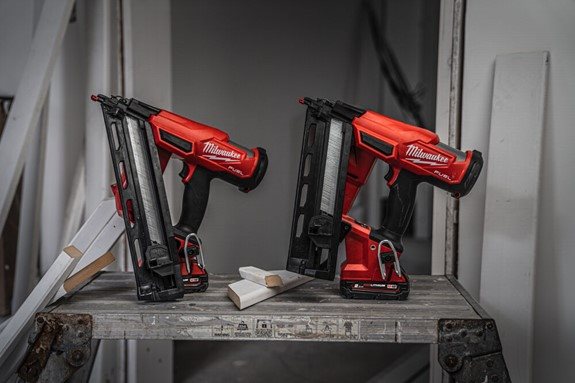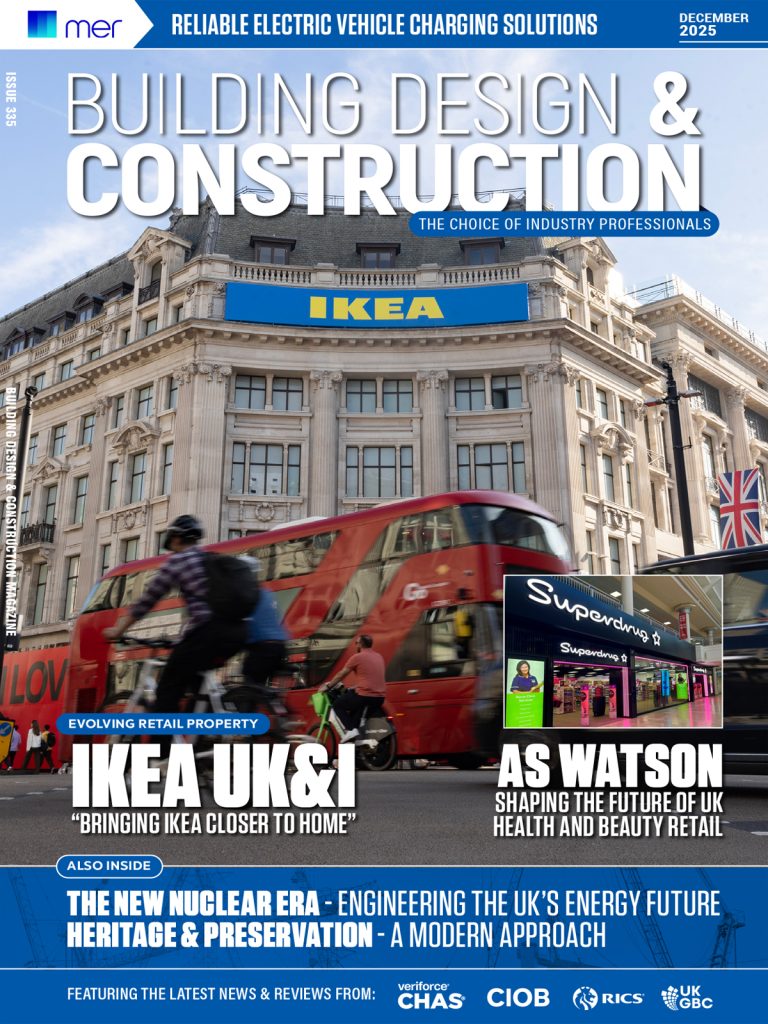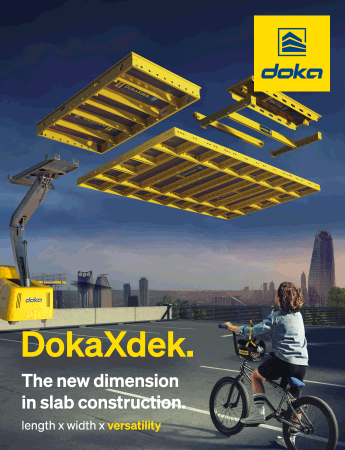CONTINUING OUR TRADITION FOR INNOVATE TOOLS, THE MX FUEL™ POWER SUPPLY IS CURRENTLY THE BEST TEMPORARY POWER SOLUTION FOR THE JOBSITE. SUPPLYING 3600 PEAK WATTS/ 1800 RUNNING WATTS OF PURE SINE WAVE ENERGY, THE POWER SUPPLY POWERS EVERYTHING FROM HIGH DEMAND 16A TOOLS TO SENSITIVE ELECTRONICS. Historically, generators have been a frustrating jobsite nuisance. Not only do they have to be operated outdoors due to excessive noise, but users must also worry about dangerous emissions, hazardous extension cords, petrol “ The new MXF Power Supply powers everything from high demand 16A tools to sensitive electronics. ” Additionally, users who are reliant on shared power sources such as spider boxes are often met with the frustrations of tripped breakers, extension cords, and voltage drops. The MX FUEL™ Power Supply is not only safer than petrol-powered generators, but it can also be used indoors, eliminates the need for petrol and extension cords, and doesn’t require engine maintenance, thus reducing downtime and allowing users to get jobs done faster! The compact size, zero emissions, and quiet operation of the power supply allow users to safely operate the unit in confined, indoor spaces and a roll cage provides durability for outdoor jobsite use. With a push button start, users can start it in seconds, getting up and running faster than ever before by eliminating the repetitive motions of pull starts. The MX FUEL™ Power Supply delivers enough power to run one 16 Amp tool and one lower wattage device simultaneously and can be powered by a single battery or two batteries for double the run time. A great advantage of the MX FUEL™ Power Supply is the interchangeable battery system, resulting in no downtime for the user. The Power Supply also will be forward compatible with any new MX FUEL™ batteries launching in the near future. As an added benefit, ONE-KEY™** provides the ability to track the power supply with community tracking and alerts, complete inventory management, and industry leading smart-equipment technology to secure the user’s investment. *The MX FUEL™ Equipment System: This groundbreaking cordless system revolutionises the light equipment market by delivering the performance, run time, and durability demanded by the trades without the hazards associated with emissions, noise, vibration, and the frustrations of petrol maintenance. Each of the solutions on the MX FUEL™ system go beyond the limitations of petrol and power-cord units and operate off one completely compatible system all on the same battery. This is Equipment Redefined. **ONE-KEY™ is the first digital platform for tools and equipment. By integrating industry-leading tool electronics with a custom-built cloud-based program, ONE-KEY™ provides a new level of control and access to information that revolutionises the way work gets done. The ability to customise, track, and manage through ONE-KEY™ fundamentally changes the way users interact with their tools. Specifications MX FUEL™ Power Supply (MXF PS-602) • Running wattage: 1800 W • Starting wattage: 3600 W • Weight with two MXF XC406 battery packs: 28.2 kg • ONE-KEY™ compatible: Yes • Integrated charger: Yes • Push button activation: Yes Kit Includes MX FUEL™ Power Supply, (2) MX FUEL™ REDLITHIUM™ XC406 Battery pack, Integrated charger Milwaukee Tool will remain unwavering in their commitment to delivering disruptive innovation by working alongside trade professionals to identify challenges and provide solutions that are unparalleled in enhancing jobsite safety and productivity. The future of the jobsite is cordless. milwaukeetool.eu For further information please contact: Joe Wicks – Digital Marketing Manager Tel: +44 (0) 1628 894477 Email: joe.wicks@tti-emea.com
